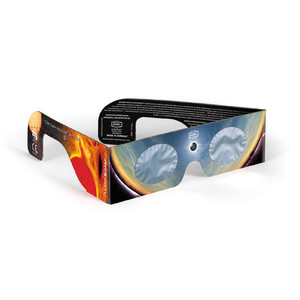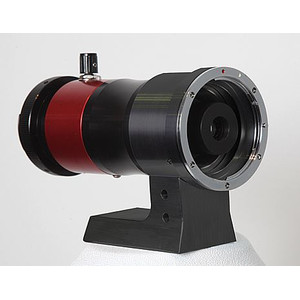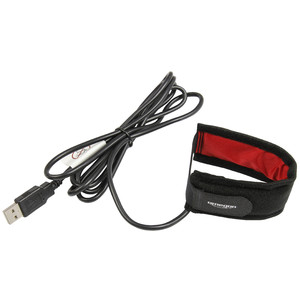Tyvärr har den här beskrivningen ännu inte översatts till svenska, så du hittar en engelsk artikelbeskrivning här.
Energy Rejection Filters
Energy Rejection Filters reduce the heat load on your filter assembly by absorbing or reflecting UV and/or I light and transmitting light in the desired visual spectrum. These filters are sometimes Red or Yellow glass, or dielectric IR and UV, but pass light in the desired visual spectrum. The ERF can also serve as an aperture mask to accomplish a straight angle of incidence for light entering the filter.
DayStar filter assemblies operate best at f/30 and slower. Creating f/30 configuration can be done easily with the proper ERF and/or barlow as listed below. If you don't see your telescope, visit our full list of reflectors or refractors or contact us for your exact model. Higher resolution, larger aperture configurations use a barlow.
Note the naming scheme of Daystar's ER filters. Example E-110N80
- E simply stands for ER-Filter
- The first number, in the example 110, stands for the outer diameter of the dew cap (refractor) or tube (SCT). The ER filter is attached to this outer diameter.
- N stands for On-Axis. This means that the window is centered. F stands for Off-Axis. This makes sense for SC telescopes, as a central window would be directly above the secondary mirror.
- The second number indicates the free passage, i.e. the size of the window. In the example: 80 millimeters
Actual product may differ from image!



